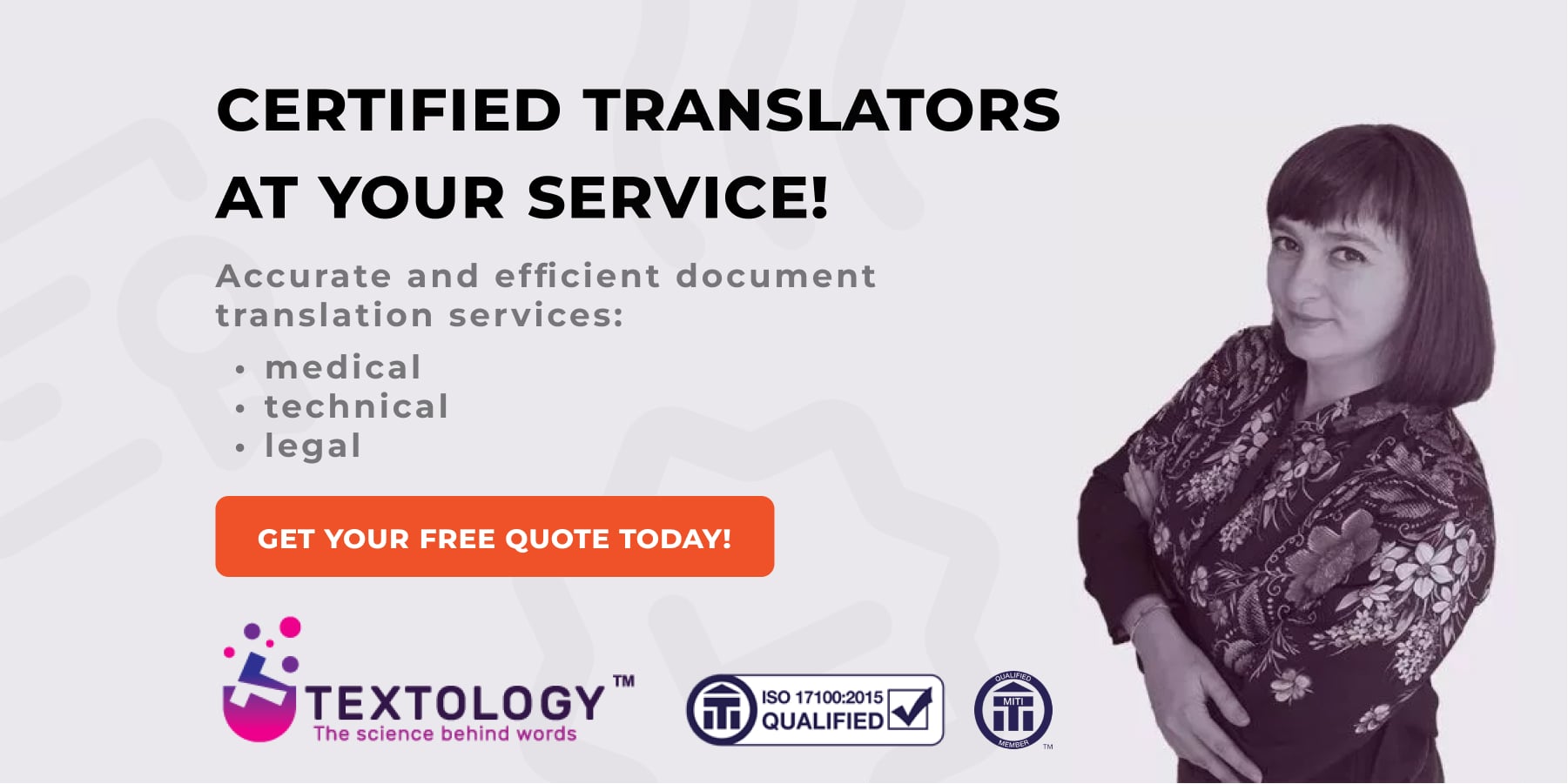
Technology has made many problematic things easy for us. Thanks to technical advancements, we can find the answers to most of our questions in a matter of seconds. Our technological habits are perfectly illustrated by the emergence of the new expression ‘to google’, which means to look for something in Google’s search engine. Another technological convenience is automated translation, which allows us to quickly translate a source text into any language. This is especially useful when browsing different pages in foreign languages. Today it is even simpler because there is a tool that allows you to automatically translate pages. How do automated translation services work and is it worth using them?
How do you automatically translate a website?
Today’s possibilities provided by the Internet are very impressive. Thanks to tools such as the Google Translate plug-in, we can read pages that are translated automatically. This plug-in is available in browsers such as:
- Chrome
- Firefox
- Opera
It is easy to configure and anyone who uses a computer on a daily basis will be able to use it. A major advantage of this type of tool is the automatic translation of entire websites. However, this plug-in is not as sensational as it might seem, because the quality of the output can sometimes be quite poor. That is why hiring a professional translator remains the most popular solution.

Why is it worth using the services of a professional translator when translating a website?
Many people who have their own online stores or company websites say that they do not need to translate their page because everyone uses auto-translation plug-ins. However, such tools are not able to provide the required accuracy of the translation. Because of this, many people who choose not to professionally translate their site may lose quite a large number of potential customers. That is why the services of professional translators are becoming more and more popular. Common Sense Advisory studies clearly show that people are much more likely to shop online in their own language. Also, it turns out that the more expensive the purchase, the more important it is for a user to be able to make the transaction in his or her native language. For this reason, an increasing number of people who own company websites or online stores want to provide their customers with content that is adapted to them. A well-translated website not only attracts new customers but also builds a positive image of the brand.
The process of translating web pages is significantly different from the translation of documents. This is due to the fairly high level of complexity of websites. In fact, the translation of a website consists of several stages. The translator must have a deep understanding of not only the language used on the website but also its cultural context and any technical terms in the content. The whole process is quite complex because it requires perfect adaptation in every respect to the target audience. This process is called localization.
You can find out more about the differences between translation and localization on our blog.
The most important stage of translating a website
The most important step in translating a website is to decide on the format, deadline, and purpose of the content. This is the pillar of the entire translation process. If the translated site contains vocabulary from a particular industry, then a glossary of specialized terminology must be created to ensure consistency. Proofreading by a native speaker allows to polish the text in terms of language and style and correctly adapt the text to a given target group.
Adapting the text to the language of the Internet
Many people believe that the content of the website is all that is translated. However, a web page is a data set that is based on a source code written using a programming language. All the data is collected in a CMS which facilitates website management for people who do not know how to code. When translating a website, it is necessary to extract all the information to be translated from its code. This is a complicated process that requires deep IT knowledge. Access to the administration panel of the CMS is required, i.e. the login and password. When working on complex websites such as an online store, it is necessary to have access to the CMS to estimate the cost of a translation project because some sites can have a large number of pages.
Any people forecast that the emergence of automated translation plug-ins would revolutionize the translation market and would be a threat to professional translators. However, it turns out that the inefficiency of these tools has emphasized the importance of the work of professional translators. At the moment, plug-ins are only suitable for simple and undemanding translations. Despite our technological progress, there is still a long way to go before automated translation tools reach a satisfactory level.
Find out also how to prepare a website for translation.
Website translation is a complex process, therefore, it is worth entrusting this task to a professional translation agency with extensive experience. This will guarantee that the website will be translated accurately and reliably. One such agency is TEXTOLOGY, which offers professional website translations. Do not hesitate to contact us

